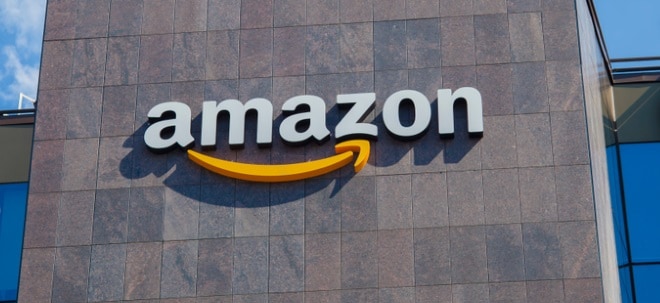• Increased focus on business customers with Amazon One Enterprise
• Hand scanner technology uses infrared light to capture palm contours and vein patterns
• Amazon One emphasizes the importance of privacy and security, with data encryption in the AWS cloud
Amazon One
Amazon has taken a new direction to reach business customers with its advanced palm scanner technology. This strategic move expands the application of the technology beyond the retail sector and aims to provide businesses with an innovative solution to their security and authentication needs, the company said in an online publication.
The technology, known as Amazon One Enterprise, turns Amazon's palm-based payment system into an authentication tool for the enterprise sector, she said. This application allows employees to access offices and access sensitive data such as financial information and employee files with a simple movement of their hand. This approach provides a seamless integration of security and convenience into everyday work life. But what exactly is behind this technology?
This is how Amazon One works
Amazon One represents a significant innovation in biometric authentication, based on several key technologies and processes: The hand scanner technology says it uses a combination of biometric authentication and infrared light to capture, among other things, the unique characteristics of the palm. This includes not only the visible lines and grooves on the palm, but also the underlying vein pattern. By scanning these features, Amazon One creates what's called a palm signature, a unique vector digital representation used for authentication that has many applications, such as gaining access to offices, accessing sensitive data or paying for purchases, she says.
The development and training of the Amazon One system was driven by the use of generative AI and synthetic data. The company continued in an online post that generative AI models trained on billions of data points from books, articles, images and other sources, made it possible to create millions of synthetic images of palm trees. These synthetic images formed the basis for training Amazon One's AI model, achieving high accuracy and reliability. According to the company, the training also included learning about differences such as different lighting conditions, hand positions, and even the presence of bandages or jewelry. The system has also been trained to recognize and reject fake hands, such as detailed silicone hand replicas.
One of the main challenges in developing Amazon One was the need to quickly and accurately identify users without first knowing their identity. Unlike a smartphone that knows its owner's face and only confirms their identity, Amazon One must infer a person's identity from a database of users and do so in real time, she said. This requires high accuracy and speed in data processing.
Finally, it is worth noting that Amazon also attached great importance to data protection when developing its hand scanner technology. The system operates outside the normal light spectrum and cannot accurately detect gender or skin tone. Amazon One does not use palm information to identify a person, but only to link a unique identity to the payment instrument, the company confirms. Palm and vein images are instantly encrypted and sent to a highly secure area in the AWS cloud designed specifically for Amazon One.
Focus on business clients
Well-known companies such as IHG Hotels & Resorts, axis manufacturer Boon Edam and Kone, which specializes in escalators and elevators, have already integrated Amazon One's biometric technology into their operations to leverage the advanced authentication solution, CNBC said in an online publication. . However, Amazon One has already been used for payments at Whole Foods, Amazon Go and Fresh supermarkets as well as at sports and entertainment venues, some Panera Bread restaurants and some Starbucks branches. According to TechCrunch, Amazon One has been deployed in more than 400 locations across the US since its launch in 2020 and has reached more than 3 million uses.
Amazon One's redesign for the enterprise sector is part of the company's broader strategy to redesign existing technologies for different applications. A recent example of this is the unveiling of Astro for Business, an enterprise version of Amazon's home robot designed as a mobile security solution for businesses, as CNBC notes.
Amazon is highlighting the benefits of Amazon One by highlighting the technology as an economical and more secure option compared to traditional security methods such as keychains, ID cards or passwords. Dilip Kumar, Vice President, Amazon Web Services Applications, highlights the privacy and convenience of allowing users to access both physical locations and digital assets with a simple wave of their hand. Amazon One is already available in preview in the US, although Amazon has reportedly not yet provided any specific pricing information.
Despite the practical applications of this technology, stakeholders have raised concerns about privacy and security, particularly the potential increase in surveillance. Amazon addresses these concerns by arguing that palm recognition is more discreet than other biometric systems because a person cannot be identified just by the image of their palm. The company also stresses that it does not collect purchase data from scans at non-Amazon stores, it concluded.
Dr.. Mayer / editorial team finanzen.ch

“Certified tv guru. Reader. Professional writer. Avid introvert. Extreme pop culture buff.”







More Stories
Samsung Quantum Dot TV: Art meets technology
Pitch: €56m for energy startup Reverion
Plastoplan: Plastics for Energy Transition